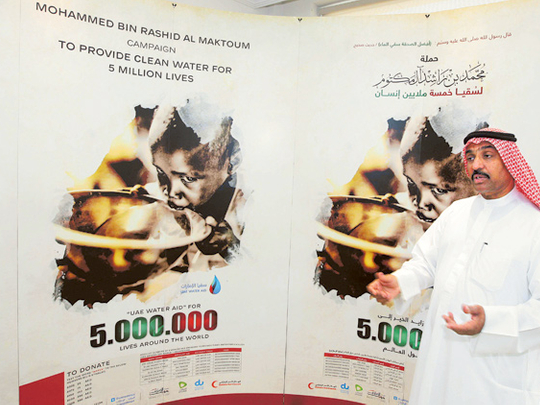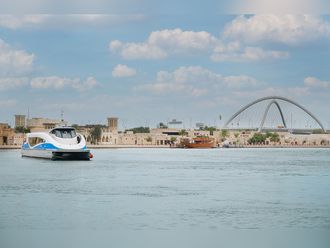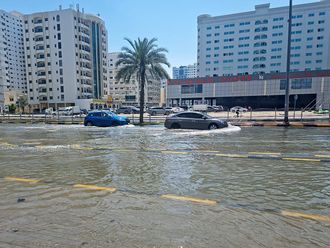
Dubai: You see them at malls and popular grocery stores — men sitting on a desk with coupons laid out before them, waiting for you to donate. You give your bit and leave. But do you know what happens after that?
From the time your donation comes in, it is pooled with donations from other emirates to benefit the needy. Gulf News tracked the trail of donations made with the Emirates Red Crescent in Dubai and how they reach intended beneficiaries. So, how do they really work?
Mohammad Abdullah Al Haj Al Zarouni, head of Emirates Red Crescent’s Dubai branch, said anyone can donate to the Red Crescent through various means — its website, through banks, walk-ins, or via booths in malls. While the idea of having manned-desks for donations at malls may seem old with the current advances in technology, they are still the most preferred option of a section of the population.
“Tourists and residents prefer to give when they can see where their money goes to. They want to actually touch it [coupon] by hand,” Al Zarouni told Gulf News.
“Sometimes it’s even the kids that are the ones encouraging their parents to give when they see the booths in the mall.”
Currently, the Red Crescent has 23 booths in malls and groceries in Dubai. Paid volunteers man the desks on two shifts. They are not allowed to approach mall-goers for donations. Donors come to them instead.
Just like anywhere, donations are highest during the month of Ramadan. But whenever the Red Crescent launches campaigns for specific disasters like earthquakes and floods in a certain area outside the country, donations pour in as well.
“We have more than 15 coupons laid out on the table so the donor can choose which charity or which programme he likes. Some people who are feeling really generous prefer to buy the whole coupon,” Abdul Qusim, 58, from Sudan, who worked as a collector, told Gulf News.
Abdul Qusim was stationed at Al Ghurair Centre for five years before being absorbed in the accounts section of the agency in 2010.
“Locals are the biggest donors while Palestinians and Egyptians are next. The third would be Indians and Pakistanis,” Abdul Qusim said.
Each coupon serves as the donor’s receipt. But if the donor wants to give between Dh10,000 and Dh20,000, they issue a special receipt instead.
“Mostly every day we could get donations ranging between Dh1,000 and Dh20,000, it all depends. In a month, we could have between Dh25,000 to Dh35,000,” Abdul Qusim said.
Al Zarouni said the agency is heading towards man-less donation booths in the future as the emirate transitions into a Smart City. They introduced 30 automated donation machines at The Dubai Mall and petrol stations in May to make donating easier.
By 2016, around 95 per cent of donation booths will be replaced by electronic ones.












